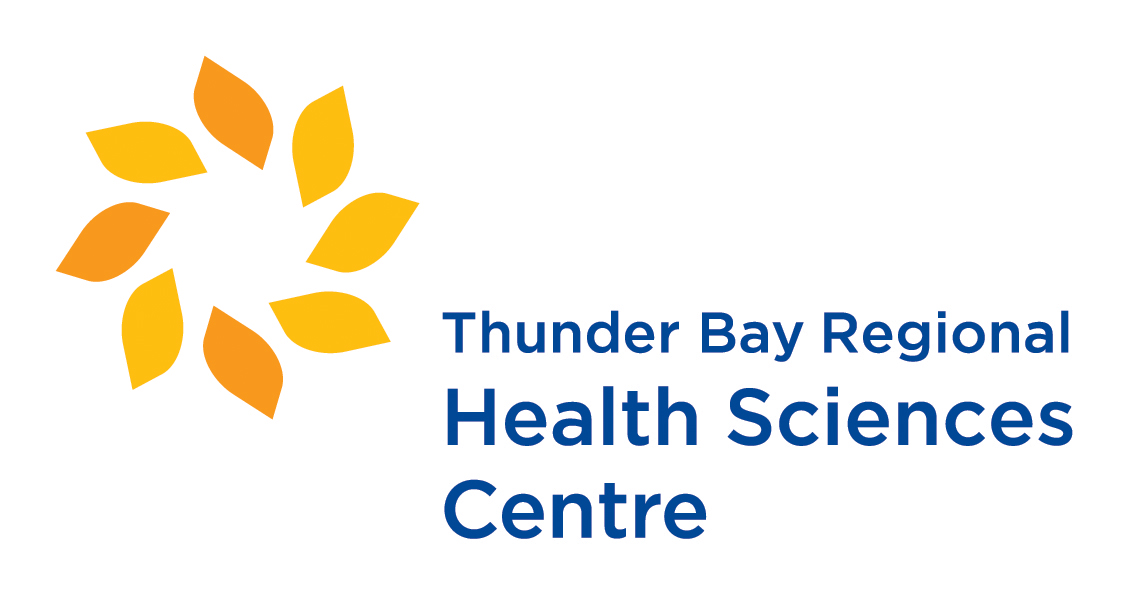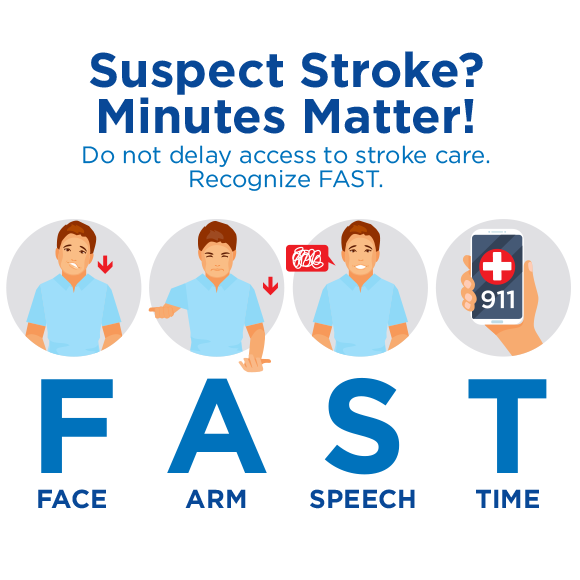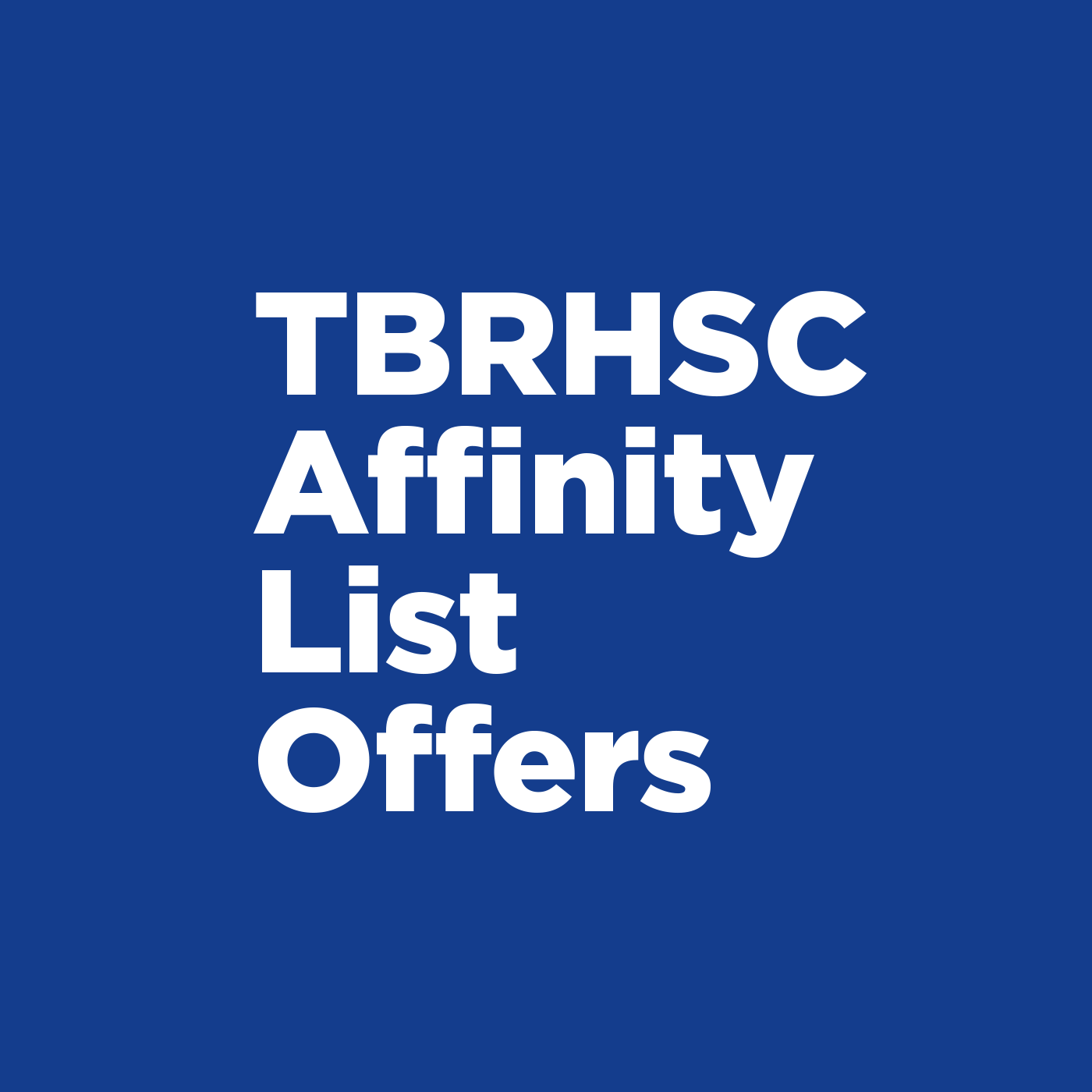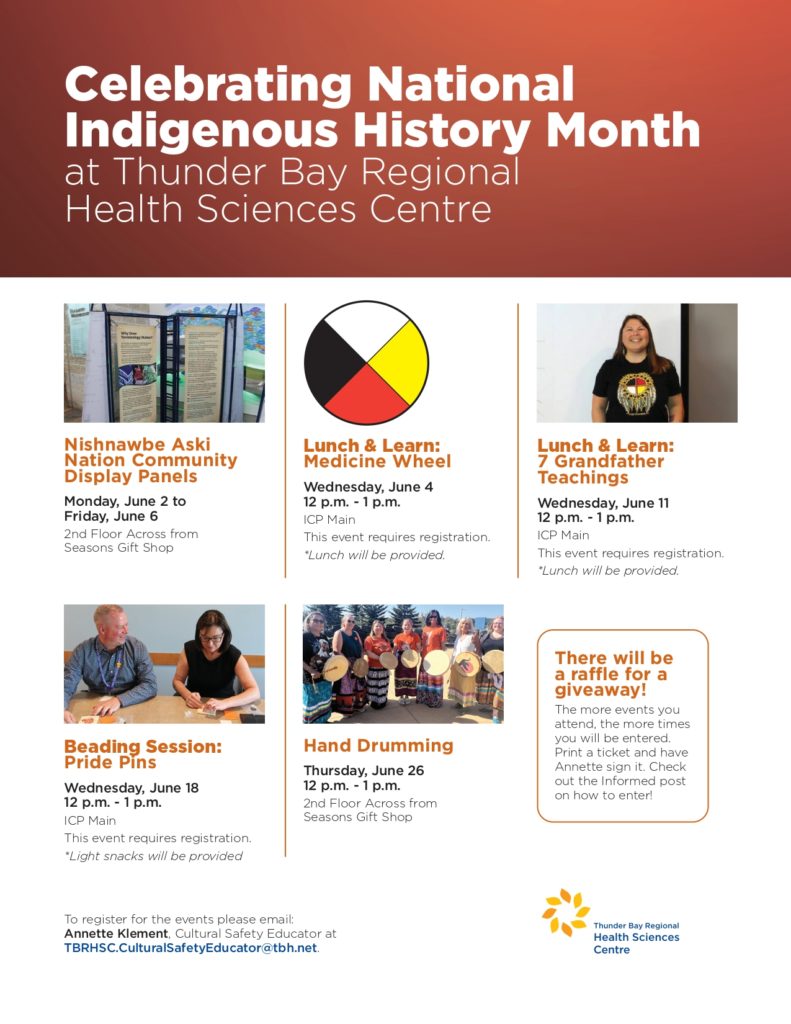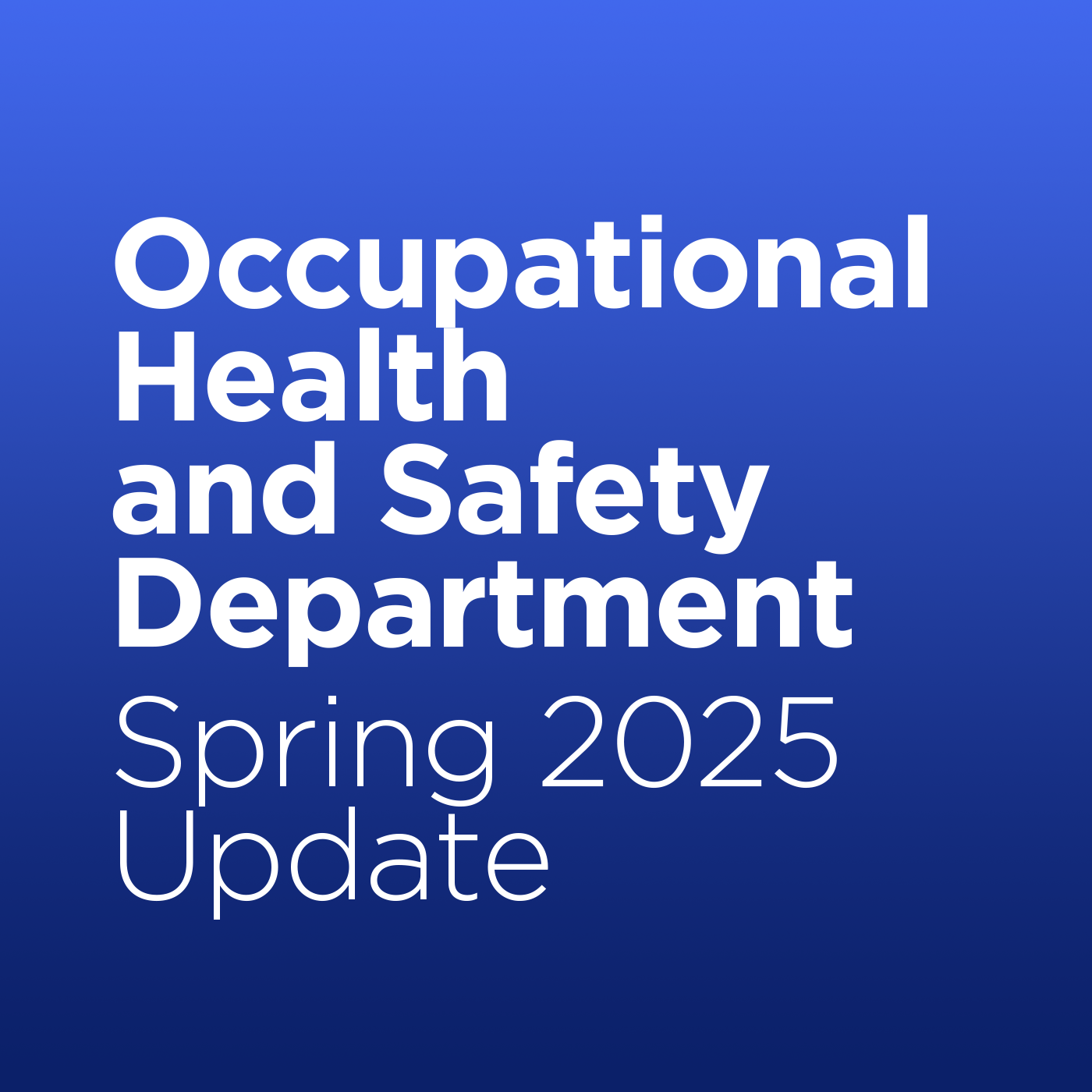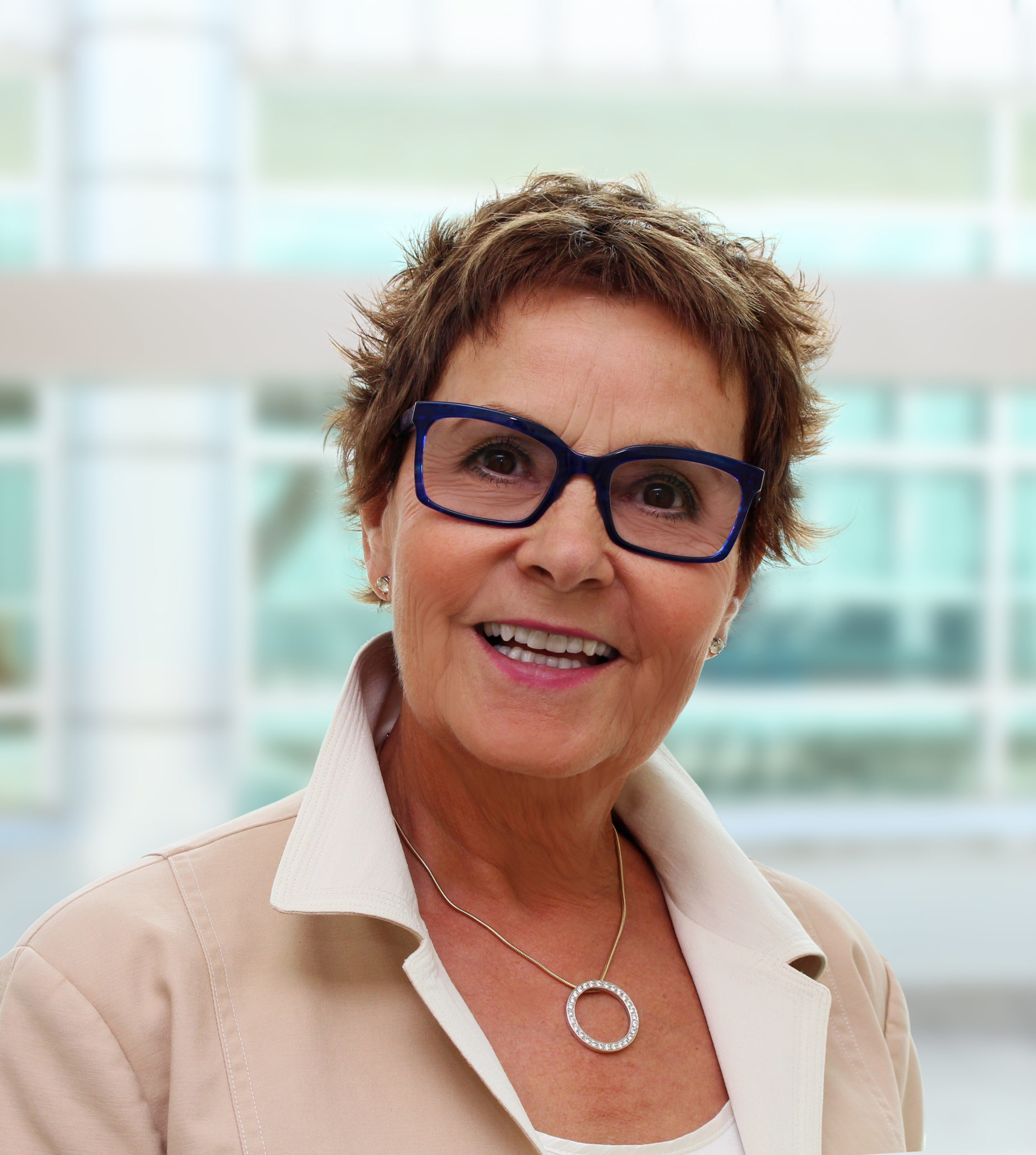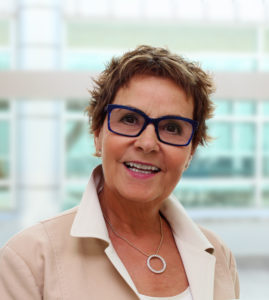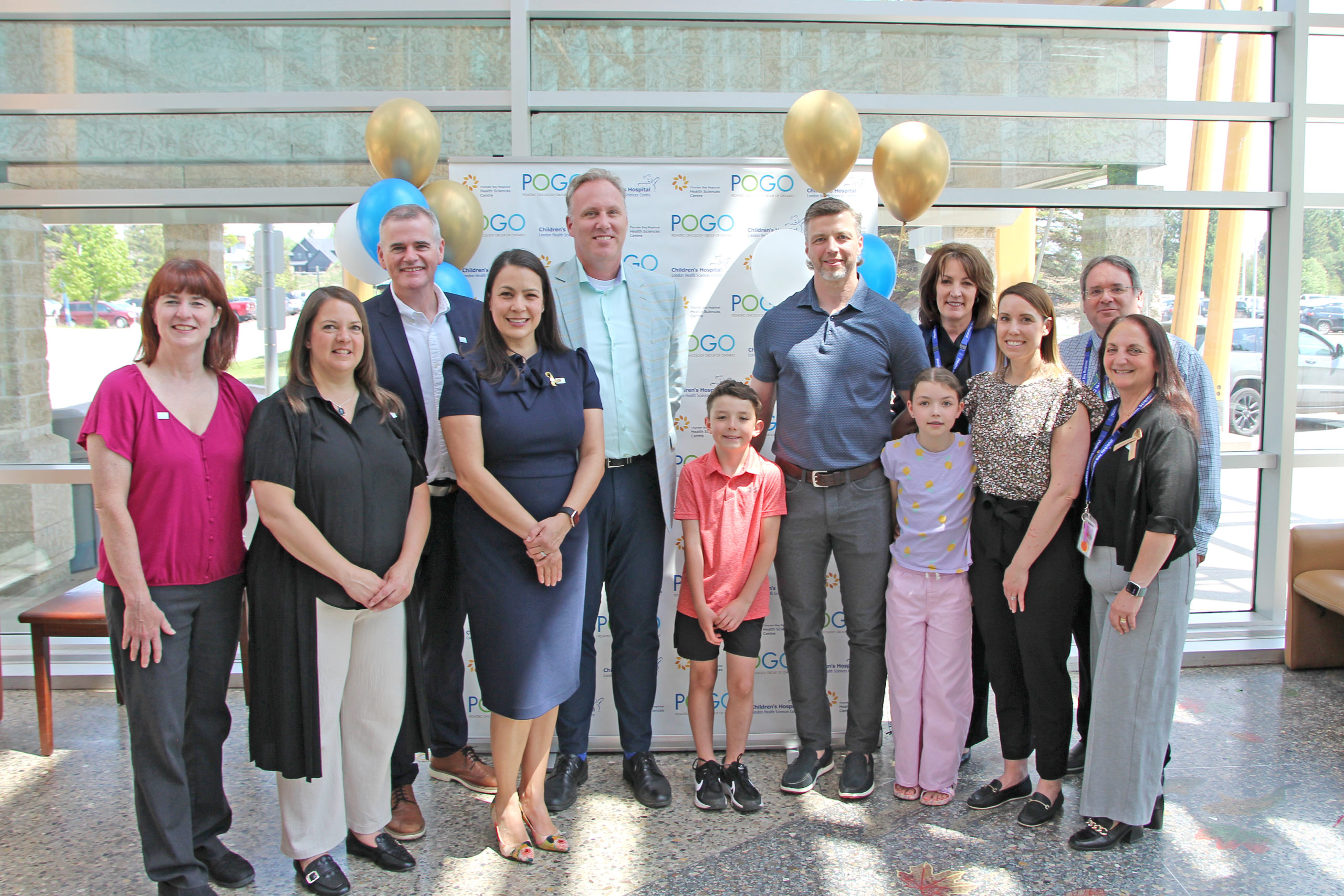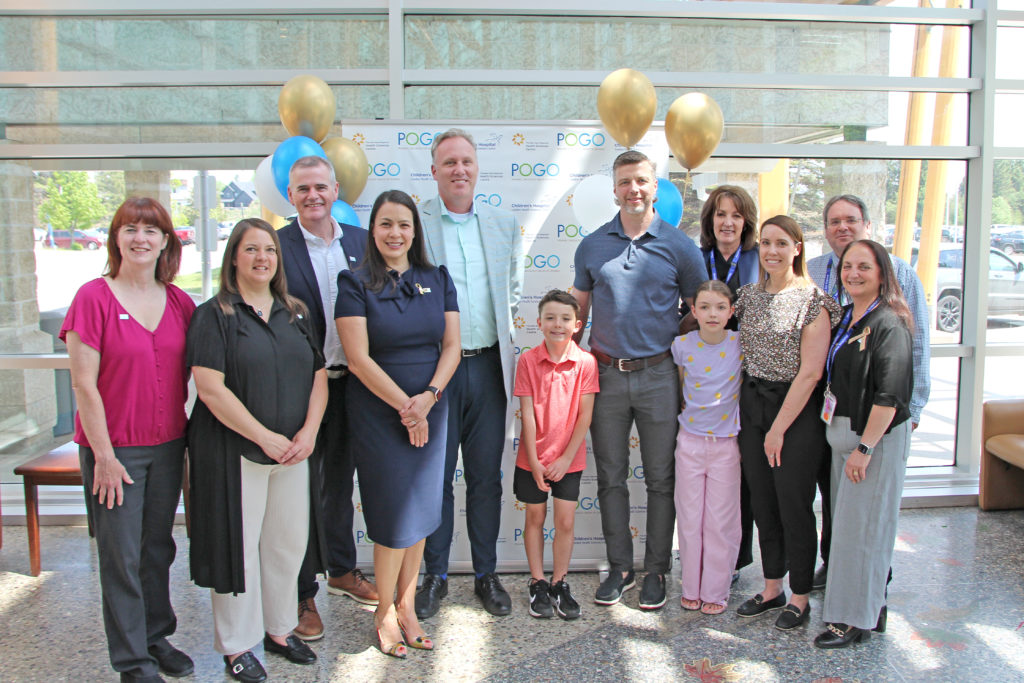As June marks Stroke Awareness Month, Thunder Bay Regional Health Sciences Centre proudly celebrates a decade of implementing the Code Stroke process — a lifesaving protocol that has profoundly enhanced stroke care and outcomes. This month, we honor the innovations, dedication, and teamwork that have contributed to saving countless lives and improving the quality of care for stroke patients.
Stay tuned throughout the month as we share staff features of those who play a part in Code Stroke daily.
A Decade of Innovation in Stroke Care
Since its inception ten years ago, the Code Stroke process has played a pivotal role in revolutionizing the emergency response to stroke incidents. Streamlining identification and treatment procedures has significantly reduced the time it takes to deliver critical care, improving recovery rates and outcomes for patients.
Lifesaving Collaboration and Impact
Our Hospital’s commitment to enhancing stroke care through the Code Stroke initiative has brought together a dedicated team of health care professionals. These experts work tirelessly to ensure rapid diagnosis and treatment, leveraging the latest advancements in medical technology and protocols. Over the past decade, this collaborative approach has not only saved lives but also reduced the long-term impacts of stroke, enabling patients to regain their independence and enjoy a better quality of life.
“The success of the Code Stroke program is a direct result of the incredible collaboration across disciplines — from EMS to emergency, radiology, and neurology,” states Dr. Amro Lahlouh, Neurologist and lead of the Code Stroke working group. “This unified approach ensures that every patient receives timely, high-quality care when every second truly matters.”
Looking to the Future
As we commemorate this milestone, our Hospital remains committed to advancing stroke care through continuous improvement. We are exploring system optimization and methodologies to further enhance the Code Stroke process, ensuring that we remain at the forefront of stroke treatment and care.
This June, we invite the community to join us in raising awareness about the recognition, prevention, and treatment of stroke. Together, we can continue to make strides in saving lives and improving outcomes for stroke patients.
Donations supporting stroke care can be directed to the STROKE FUND through the Thunder Bay Regional Health Sciences Foundation at healthsciencesfoundation.ca/donate or by calling 807-345-4673. For more information on stroke care in Northwestern Ontario, visit www.nwostroke.ca or email nwostroke@tbh.net.
